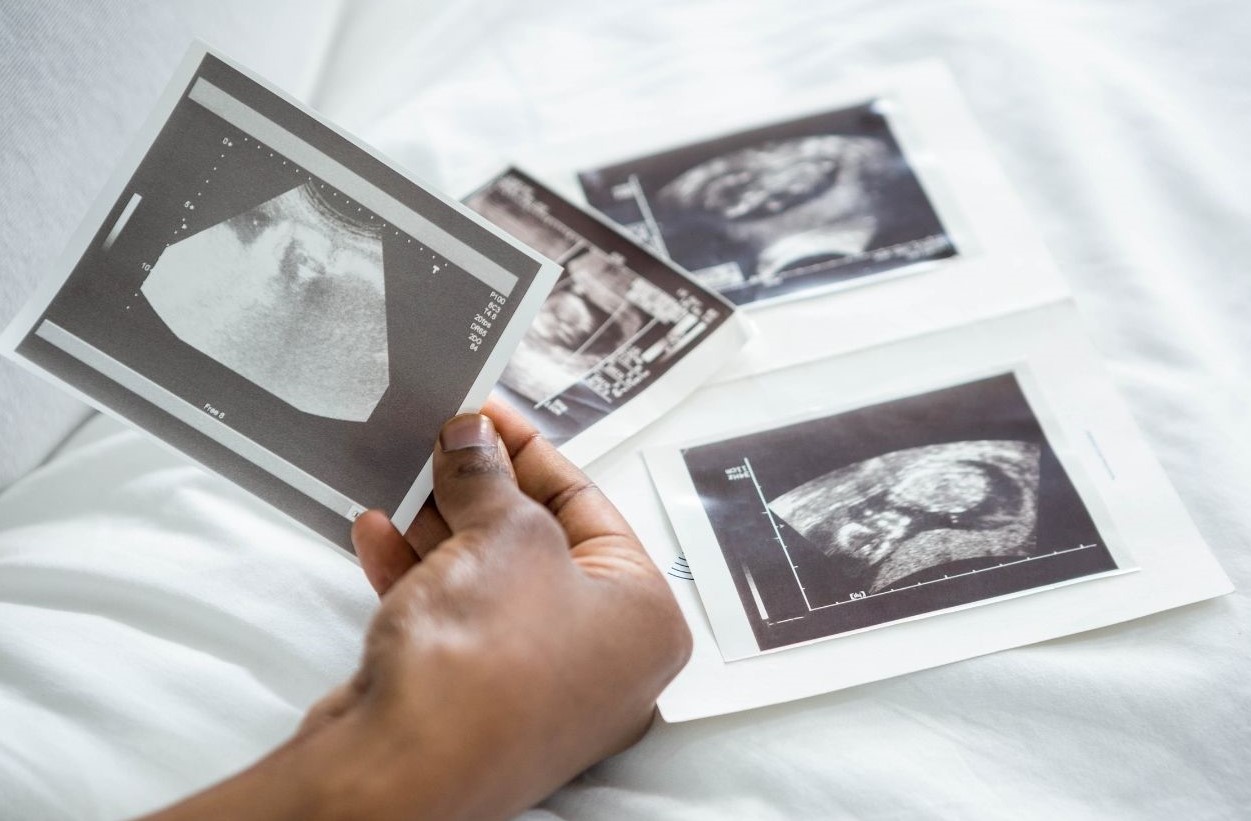
There’s nothing quite like holding your baby’s first ultrasound picture. For many parents, it’s the very first glimpse of new life and a memory worth saving forever. But if you’ve noticed your ultrasound printouts fading, turning yellow, or becoming harder to see over time, you’re not alone.
In this post, we’ll explain why ultrasound pictures fade, how long they typically last, and the best ways to preserve them for years to come.
Most ultrasound photos are printed on thermal paper, the same type of paper used for receipts. While it’s fast and has been the standard for image delivery for over 40 years, it has a major drawback:
On average, thermal ultrasound photos may only last 5–10 years before the image begins to disappear. If they’re left in direct sunlight, taped to a fridge, or kept in a hot attic, they can fade in just a few months.
For many families, this means that by the time your child is old enough to ask about their ultrasound, the picture may already be gone.
If you’ve received paper printouts, here are some ways to protect them:
But the truth is — even with careful storage, thermal paper is fragile. That’s why more families are turning to digital solutions.
Instead of relying on paper that will fade, many clinics now use platforms like Sona to send ultrasounds directly to your phone. With digital copies, you can:
It’s the difference between losing a memory and keeping it safe forever.
Your ultrasound is more than just a picture, it’s the first chapter of your baby’s story. Don’t let fading paper be the reason that memory disappears. By digitizing your ultrasounds or using modern platforms like Sona, you can make sure those first moments last a lifetime.